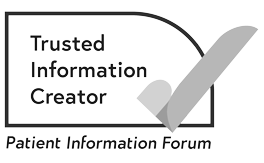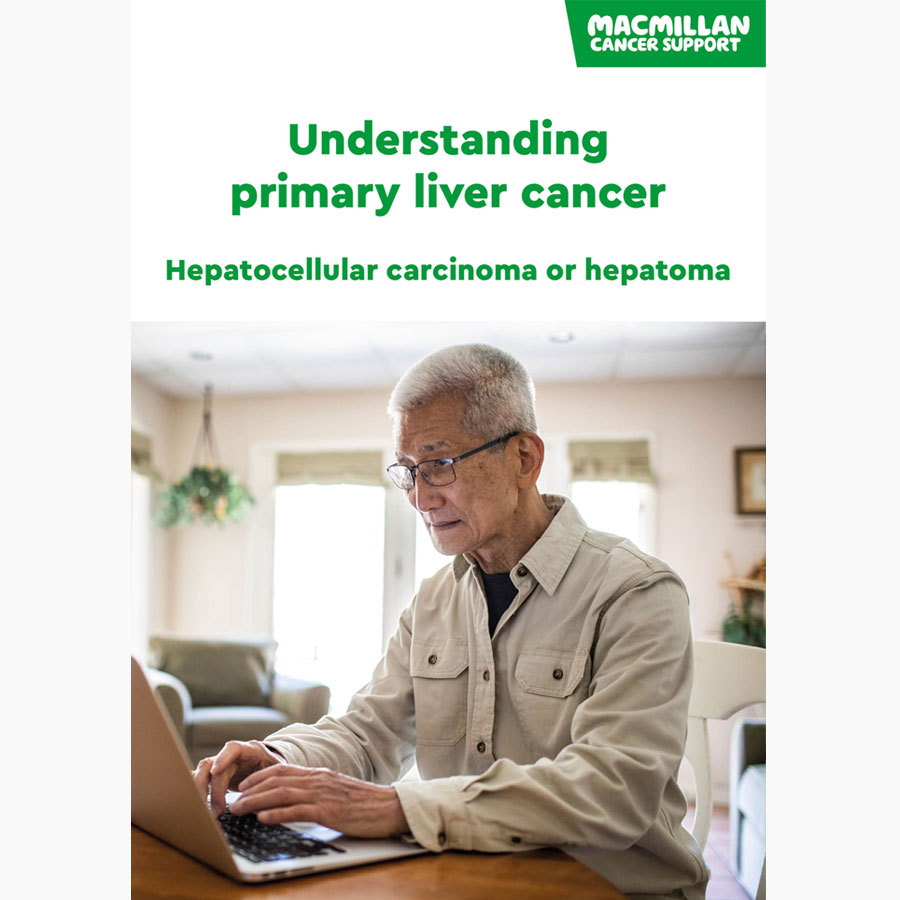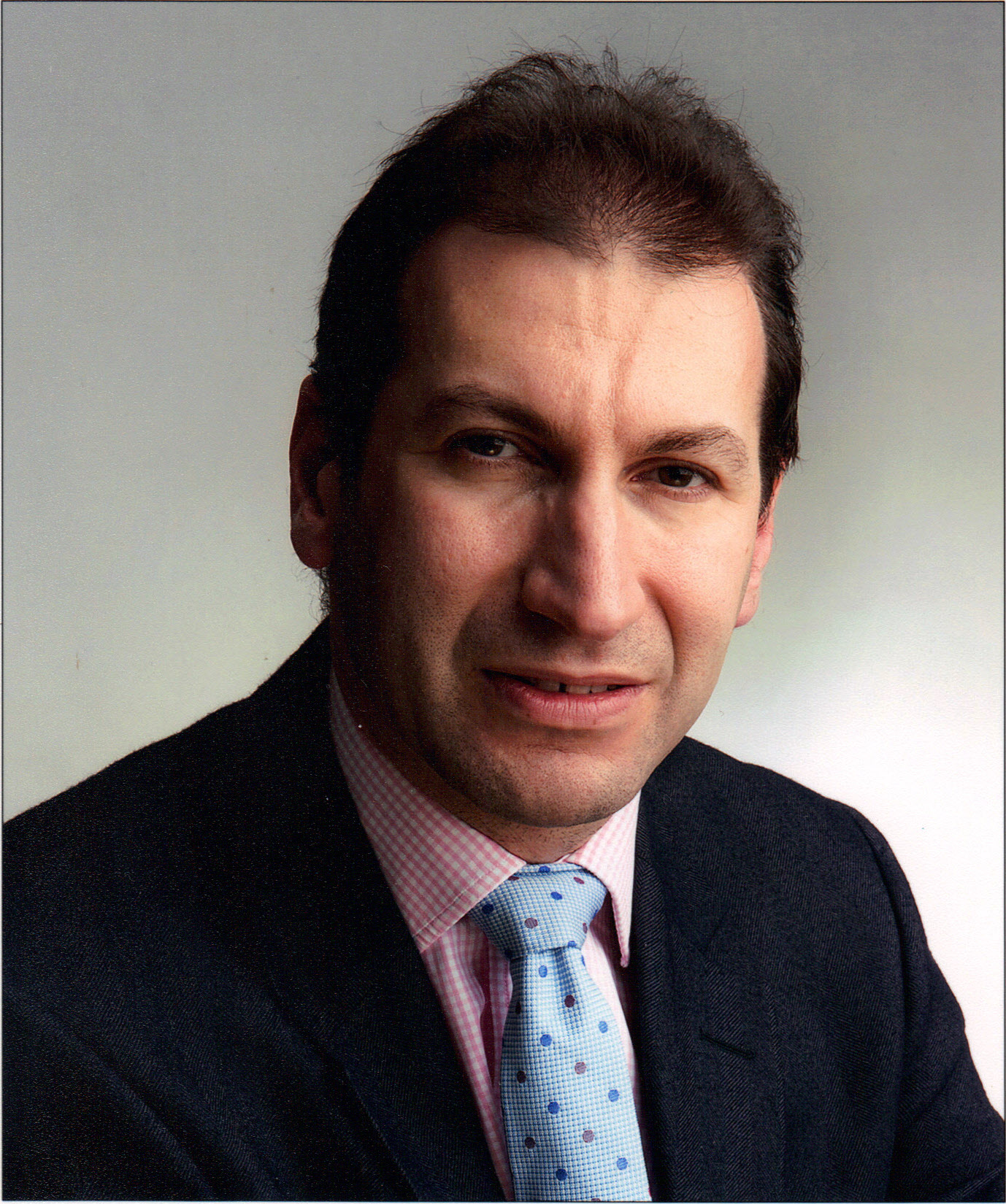What is liver cancer?
Liver cancer is a cancer that starts in the liver. It is sometimes called primary liver cancer. Primary liver cancer is rare in the UK, but the number of people developing it is increasing. It is more common in men than in women.
About 6, 600 people in the UK are diagnosed with primary liver cancer each year. In other parts of the world, such as parts of Africa and Asia, it is 1 of the most common cancers.
A cancer that starts somewhere else in the body and spreads to the liver is called secondary cancer in the liver.
In the video below, liver surgeon Aamir Khan talks about primary liver cancer. He explains the symptoms, how liver cancer is diagnosed, possible causes, and treatments.
Related pages
Booklets and resources
Types of liver cancer
Hepatocellular carcinoma (HCC) is the most common type of liver cancer. It is sometimes called hepatoma.
This information is about hepatocellular carcinoma (HCC). To make it simpler, we call it HCC or just liver cancer.
There are also other types of cancer that start in the liver. Some types of liver tumours are not cancerous (benign (non-cancerous).
Symptoms of liver cancer
In the early stages of liver cancer (HCC) there are often no symptoms.
If you have long-term (chronic) liver disease, you usually have regular tests to check the liver. How often you have these tests will depend on the liver unit or hospital you attend. If you develop HCC, tests may find it before you have any symptoms.
Some possible symptoms of HCC include:
- loss of appetite and feeling full soon after starting to eat
- weight loss for no obvious reason
- feeling sick (nausea) and being sick (vomiting)
- tiredness (fatigue)
- the skin and the whites of the eyes looking yellow (jaundice).
We have more information about these and other possible symptoms of HCC.
Related pages
Causes of liver cancer
Doctors do not know the exact cause of hepatocellular carcinoma (HCC). But certain things called risk factors can increase a person’s chance of developing it.
A condition called cirrhosis, which damages the liver, is one of the main risk factors. Long-term infection with the hepatitis B virus (HBV) or hepatitis C virus (HCV) are risk factors because they increase the risk of cirrhosis.
Other risk factors such as drinking heavily over a long period of time can also cause cirrhosis.
Different conditions can also increase the risk of liver cancer.
We have more information about risk factors for HCC.
Diagnosis of liver cancer
If you have symptoms, you will usually begin by seeing your GP, who will examine you. They usually take blood samples and arrange tests such as an ultrasound. If they think that your symptoms could be caused by cancer, they will refer you to a specialist doctor to have more tests urgently. If you have long-term liver disease regular tests to check your liver may find liver cancer at an earlier stage.
At the hospital
You may see a liver specialist straight away. A liver specialist is called a hepatologist. Or you may see a doctor who specialises in treating conditions of the stomach and bowel – called a gastroenterologist.
They will ask about your symptoms and your general health. They will also check whether you have risk factors for liver disease. The doctor will examine you by feeling your tummy area (abdomen).
They may take some blood samples and explain which other tests you need
Tests may include:
-
Blood tests
You will have blood tests to check how well certain organs are working. The tests also look at the levels of different blood cells in your blood.
Other blood tests are done to look at how well the liver is working and to help diagnose liver cancer. These include the following:
-
Liver blood tests
You will have blood tests called liver function tests (LFTs) to check how well your liver is working. They measure:
- the level of a waste product called bilirubin in the blood – too much might mean there is a problem with how well the liver is working
- the level of a protein called albumin in the blood – a low level could mean there is a problem with how well the liver is working
- how quickly your blood clots – slower clotting might mean a problem with how the liver is working.
-
Tests for hepatitis
You may have blood tests to check for hepatitis B virus (HBV) and hepatitis C virus (HCV). Both increase the risk of developing liver cancer.
-
AFP tumour marker test
You will also have a blood test to check for a protein called alpha-fetoprotein (AFP). AFP is called a tumour marker for HCC. Its level is sometimes higher in people with hepatocellular carcinoma (HCC). But AFP levels can also be higher if you have hepatitis B or hepatitis C, or other inflammation of the liver.
Doctors may also check the AFP level after treatment. This is to check how well the treatment has worked or for signs of the cancer coming back. If the same cancer comes back, this is called a recurrence.
-
Liver ultrasound scan
A liver ultrasound scan uses sound waves to build up a picture of the liver. The doctors use it to find out the size and location of any tumours. It also shows them how healthy the liver is.
-
CT scan
A CT scan makes a detailed picture of the inside of the body. The picture is built up using x-rays taken by the CT scanner.
-
MRI scan
An MRI scan uses magnetism to build up a detailed picture of areas of the body.
-
Liver biopsy
You may have a small piece of tissue taken from the liver to be looked at under a microscope. This is called a liver biopsy. Not everyone needs a biopsy.
-
PET or PET-CT scan
A PET scan uses a low dose of radiation to check the activity of cells in different parts of the body.You may have a PET scan and a CT scan together. This is called a PET-CT scans.
Waiting for test results can be a difficult time, we have more information that can help.
Related pages
Stages of liver cancer
The results of your tests help your doctors find out more about the size and position of the cancer and whether it has spread. This is called staging.
Knowing the stage helps you and your doctors to decide on the best treatment for you.
There are different systems used to stage hepatocellular carcinoma (HCC). Doctors often use the Barcelona Clinic Liver Cancer (BCLC) staging system. It includes assessing how well your liver is working using the Child-Pugh classification system.
We have more information about stages of liver cancer.
Treatment for liver cancer
A team of specialists will meet to discuss the best possible treatment for you. This is called a multidisciplinary team (MDT).
Your doctor or cancer specialist or nurse will explain the different treatments and their side effects. They will also talk to you about things to consider when making treatment decisions. You will need this information before you give your permission (consent) to have any treatment.
The treatment you have usually depends on:
- where the cancer is in the liver
- the size of the tumour or tumours
- how many tumours there are
- whether important blood vessels in the liver are affected
- whether the cancer has spread outside the liver (the stage of the cancer)
- how well your liver is working and your general health
- your preferences.
Possible treatments include:
-
Surgery
Surgery is the most effective treatment for HCC. But is not often possible because the cancer may be too advanced, or the liver is too damaged. Surgery may involve an operation to remove part of the liver (liver resection) or a liver transplant. These are major operations, so you need to be well enough to cope with them.
-
Tumour ablation treatments
Some people have tumour ablation. This means destroying the cancer cells by applying heat, electrical pulses or sometimes alcohol directly to the tumour. The main ablation treatments include microwave ablation and radiofrequency ablation. Ablation may be used to treat small tumours instead of surgery. Ablation can be used with other treatments. We have more information about tumour ablation for liver cancer.
-
Embolisation treatments
Embolisation is a way of cutting off the blood supply to the tumour. It may be used on its own or along with:
- chemotherapy, called chemoembolisation
- radiation called selective internal radiation therapy (SIRT).
Some people might have a treatment called portal vein embolisation (PVE) before a liver resection. We have more information about embolisation treatments for primary liver cancer.
-
Targeted therapy and immunotherapy drugs
Targeted therapy drugs find and attack cancer cells. Immunotherapy drugs help the immune system to fight cancer cells. Doctors may use targeted therapy drugs and immunotherapy drugs if the cancer is advanced in the liver or has spread outside it. You might have a combination of the immunotherapy drug atezolizumab with a targeted therapy drug called bevacizumab.
Some people may have a targeted therapy drug called sorafenib (Nexavar®) or a drug called lenvatinib.
-
Radiotherapy
Some people have a type of high-dose radiotherapy that closely targets tumours in the liver. This is called stereotactic ablative radiotherapy (SABR). It is used to try to control areas of cancer in the liver.
Radiotherapy can also be used to ease symptoms such as pain if the cancer has spread to an area such as the bones.
-
Chemotherapy
Chemotherapy into a vein (intravenous) or taken as a tablet might sometimes be used after other treatments have already been tried. It can be used to try to control the cancer or reduce the symptoms.
You may have some treatments as part of a clinical trial.
Treatment to control symptoms
Treatments can also be used to control symptoms. This is sometimes called palliative treatment or supportive care. You may see a doctor or nurse who are experts in controlling symptoms. They will support you and your family
After liver cancer treatment
Follow-up after treatment for liver cancer
You will have regular check-ups and blood tests during and after your treatment.
Depending on your treatment, you may have regular CT or MRI scans to check the tumour has not come back. Sometimes this might mean having 3 monthly scans for the first 2 years.
If you had a liver transplant, you will have check-ups more often. You will have tests to make sure your body is not rejecting the new liver. Your doctor or nurse will tell you what to look out for.
Tell your doctor or specialist nurse as soon as possible if you have any problems or notice new symptoms between appointments.
We have more information about follow-up care after treatment.
Support after liver cancer
People often have many different feelings when they finish cancer treatment. You may feel relieved that treatment has finished, but worried about what will happen in the future.
It is important to know where to get support or information if you need it. To find support:
- ask your GP or someone from your cancer team for advice about support in your area
- find local cancer support services.
Macmillan is also here to support you. If you would like to talk, you can:
- Call the Macmillan Support Line for free on 0808 808 00 00.
- Chat to our specialists online.
- Visit our liver cancer forum to talk with people who have been affected by liver cancer, share your experience, and ask an expert your questions.
Well-being and recovery
It can take time to recover after liver cancer treatment. Some days you may feel better than others.
Looking after yourself can help speed up your recovery. Even small lifestyle changes may improve your well-being and long-term health.
It is important to check with your doctor before drinking alcohol. Alcohol can damage the liver and reduce its ability to work well. If you had cirrhosis before being diagnosed with liver cancer, continuing to drink alcohol can make the cirrhosis even worse. You will usually be advised to stop drinking completely.
Surgery and some other treatments also depend on how well the healthy parts of the liver are working.
Even if alcohol has not affected your liver, you might be asked to stop for a time before and after treatment. Your liver may not be able to cope with alcohol.
Even if you already have a healthy lifestyle, you may choose to make some positive changes after treatment.
Other organisations who offer information and support
-
British Liver Trust
British Liver Trust works to increase awareness of liver disease, including liver cancer. Provides information and support to people affected. Has a nurse-led helpline and produces leaflets on liver disease.
-
Guts UK
Guts UK produces information and leaflets on common digestive diseases and illnesses, including liver cancer.
About our information
This information has been written, revised and edited by Macmillan Cancer Support’s Cancer Information Development team. It has been reviewed by expert medical and health professionals and people living with cancer.
-
References
Below is a sample of the sources used in our primary liver cancer information. If you would like more information about the sources we use, please contact us at informationproductionteam@macmillan.org.uk
ESMO Guidelines Committee. Updated treatment recommendations for hepatocellular carcinoma (HCC) from the ESMO Clinical Practice Guidelines. eUpdate. March 2021. Available from: www.esmo.org/guidelines/guidelines-by-topic/esmo-clinical-practice-guidelines-gastrointestinal-cancers/hepatocellular-carcinoma-esmo-clinical-practice-guidelines-for-diagnosis-treatment-and-follow-up/eupdate-hepatocellular-carcinoma-treatment-recommendations [accessed April 2023].
Huang QD, Teng MLP. Hepatocellular carcinoma – symptoms, diagnosis and treatment. BMJ Best Practice Guidelines. 2022. Available from: www.bestpractice.bmj.com/topics/en-gb/369 [accessed March 2023].
Vogel A, Cervantes A, Chau I, Daniele B, Llovet JM, Meyer T, et al. Hepatocellular carcinoma: ESMO Clinical Practice Guidelines for diagnosis, treatment and follow-up. Annals of Oncology. 2018;29(4): 238–255. Available from: www.doi.org/10.1093/annonc/mdy308 [accessed April 2023].
Date reviewed

Our cancer information meets the PIF TICK quality mark.
This means it is easy to use, up-to-date and based on the latest evidence. Learn more about how we produce our information.
The language we use
We want everyone affected by cancer to feel our information is written for them.
We want our information to be as clear as possible. To do this, we try to:
- use plain English
- explain medical words
- use short sentences
- use illustrations to explain text
- structure the information clearly
- make sure important points are clear.
We use gender-inclusive language and talk to our readers as ‘you’ so that everyone feels included. Where clinically necessary we use the terms ‘men’ and ‘women’ or ‘male’ and ‘female’. For example, we do so when talking about parts of the body or mentioning statistics or research about who is affected.
You can read more about how we produce our information here.






